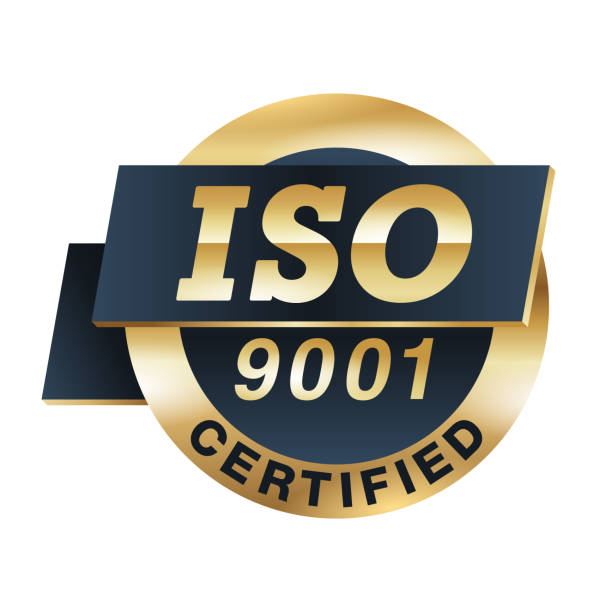Quanhom Technology Co., LTD is a company engaged in the area of development and production of thermal infrared optics. The high precision product range includes infrared lenses assemblies of SWIR/MWIR/LWIR , eyepieces, infrared lens elements, etc.
Home / All / Production and Quality /
What are the evaluation indices of Infrared Machine Core Focusing Functions?
Functions

What are the evaluation indices of Infrared Machine Core Focusing Functions?
1.Sensitivity. Near the peak of the focusing function, when the abscissa changes simultaneously, the y-coordinates of different focusing curves change to various degrees. The more significant is the y-coordinate variation near the peak value, the easier it is to find the real focal plane.
2.Width of the Steep Region of the Curve. In the focusing process of the infrared lens, as it deviates further and further from the peak value, the image at first becomes increasingly blurred, and the function value decreases sharply until almost nothing can be seen distinctly; then, the curve becomes much flatter and the function value shows no significant change. We divide the focusing curve into steep and flat regions to represent this feature.
In the steep region, the focusing function value changes sharply with the change of focusing distance indicated by the abscissa, while in the flat region, the function value virtually shows no change.
3.Degree of Steepness. The first defocus stage and the second one of the infrared lens are different, because the front and the rear of the infrared detector have different depths of field and receive various amounts of radiation. Hence, the focusing curve does not show the same degree of steepness at the two sides of the peak value.
4.Fluctuation Quantity of the Flat Region. The pattern of the focusing curve is influenced by the external radiated noise. Therefore, in a non-ideal state, the function value of the focusing curve will see some noticeable fluctuation in the flat region, and the quantity of such fluctuation is used to describe the degree of the fluctuation. This quantity can reflect the anti-noise ability of the focusing curve; the smaller the fluctuation volume (V) is, the more stable is the anti-noise ability of the function.
5.Time. The computing time (T) represents the focusing speed of a function. The result of the calculation of each function is achieved by the test under specific conditions. Therefore, when the test conditions change, the result will change accordingly.

Quanhom Technology Co., LTD is a company engaged in the area of development and production of thermal infrared optics. The high precision product range includes infrared lenses assemblies of SWIR/MWIR/LWIR , eyepieces, infrared lens elements, etc.
